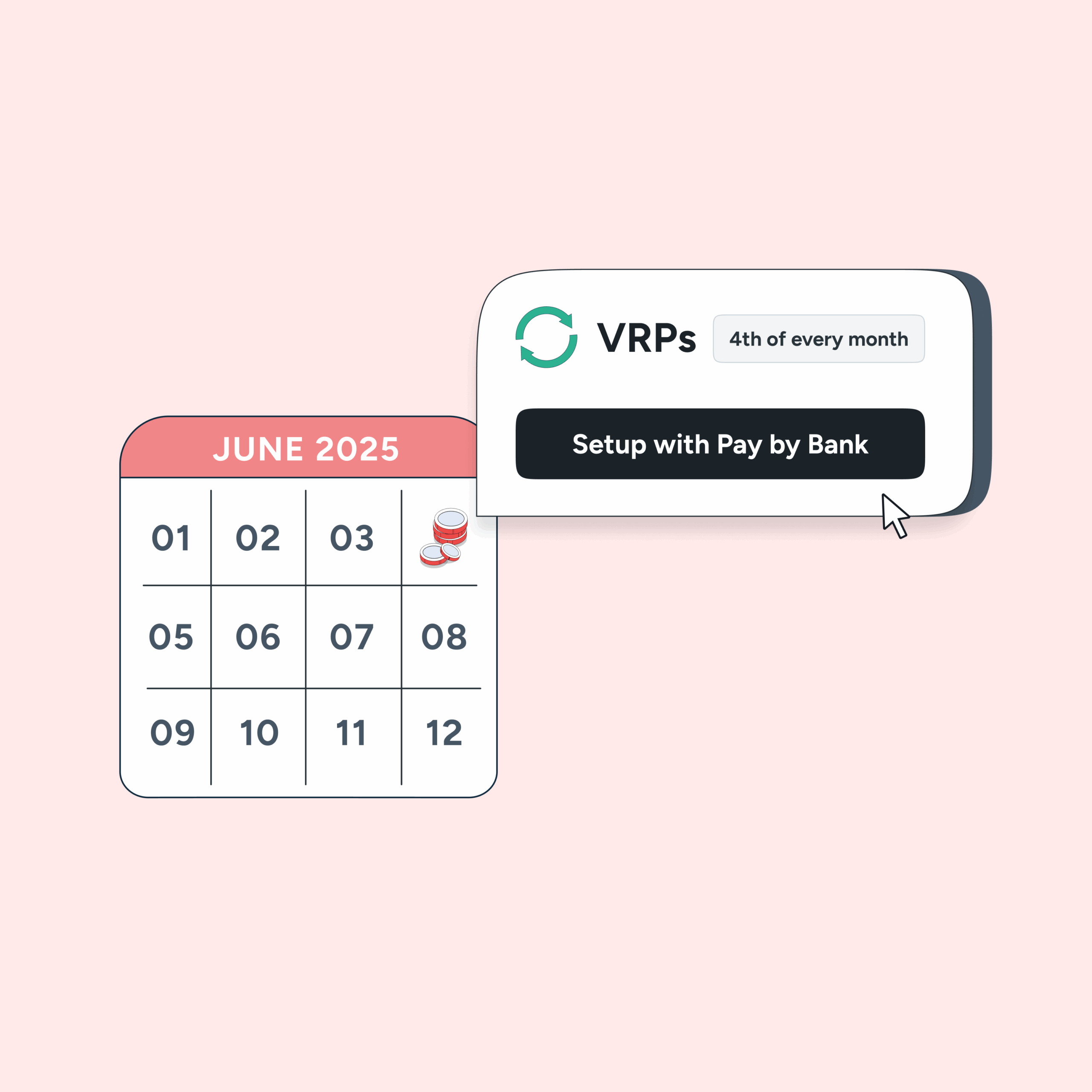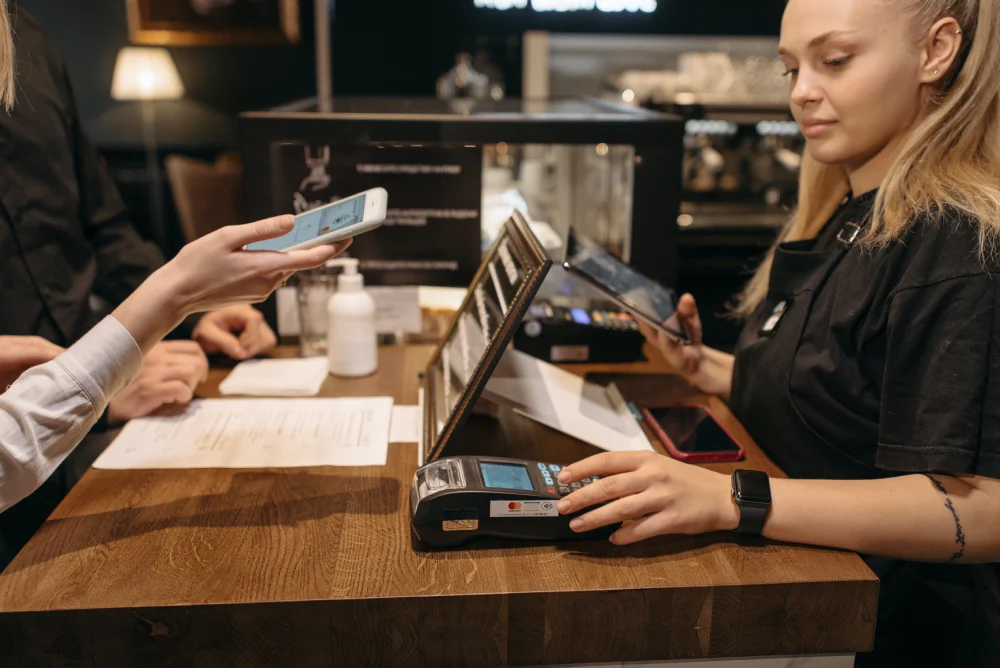Ready to get started?
Get paid faster and save up to 50% on fees with Pay by Bank.
Recurring payments keep the wheels of modern commerce turning, covering everything from monthly software licences to energy bills and gym memberships. Yet the tools we use to collect them haven’t changed much since the 1990s. That’s about to shift. Variable Recurring Payments (VRPs), born out of the UK’s open banking framework, promise to replace clunky Direct Debits and card‑on‑file setups with something faster, safer and far more flexible.
What are Variable Recurring Payments (VRPs)?
VRPs allow a customer to give an authorised payments provider ongoing permission to initiate payments from their bank account but only within limits the customer sets upfront (amount caps, frequency caps and an expiry date). Once that consent is in place, payments flow account‑to‑account in real time without the customer having to re‑approve each one.
Why are UK banks rolling them out?
The Competition and Markets Authority (CMA) instructed the UK’s nine largest banks (the CMA9) to build a dedicated VRP API so customers could “sweep” excess cash from their current account into savings or to repay borrowing. That sweeping mandate has accelerated broader interest, paving the way for commercial VRPs – recurring payments to third‑party merchants, now arriving in 2025.
Key benefits of VRP in 2025
Here’s why it’s being seen as the next big thing in recurring payments and how it brings more control to both consumers and businesses.
- Real‑time cash flow: Funds land instantly; no more waiting for Bacs cycles.
- Dynamic amounts: Change the value right up to settlement, ideal for usage‑based billing.
- Customer control & transparency: Users can see every active mandate and the exact caps attached to it inside their banking app.
- Lower fraud and no chargebacks: Bank‑level authentication plus immutable A2A rails.
- Easy onboarding: A single consent flow replaces multi‑page Direct Debit forms or PCI card capture.
Practical use cases for Variable Recurring Payments
VRP isn’t just theoretical, it’s already proving its value across real-world scenarios. Let’s see how.
Subscription management
VRPs let streaming, SaaS or fitness providers charge variable amounts (e.g., add‑ons, pay‑per‑view) while giving customers full visibility and the option to cancel instantly. This is something cards and Direct Debits can’t match.
Sweeping & personal finance
Surplus funds can be moved automatically from current accounts into higher‑interest savings the moment a salary lands. Then customers can see (and can stop) any sweep in real time, making money management painless.
Utilities & telcos
Metered or usage‑based bills can be settled to the penny, avoiding over‑ or under‑charging while still guaranteeing the supplier gets paid on time.
Why 2025 is critical
Here’s why this year marks a major turning point for the technology’s adoption and potential.
- Regulatory tailwind: The UK government’s National Payments Vision (Nov 2024) labels seamless A2A payments “crucial” and highlights VRPs as a cornerstone.
- Bank readiness: All CMA9 banks now support sweeping APIs; commercial VRP pilots are live and expanding.
- Customer expectation: Over 60% of 35–44-year-olds now prefer mobile banking. Real-time control isn’t a novelty, it’s the norm.
Final word
VRPs marry the best parts of standing orders, Direct Debit and card‑on‑file, minus their drawbacks. Faster settlement, clearer oversight, and customer‑defined limits make them the natural next step in UK payments. With the regulatory groundwork laid and bank APIs now live. 2025 is the year forward‑thinking businesses move their recurring revenue onto this smarter rail.



